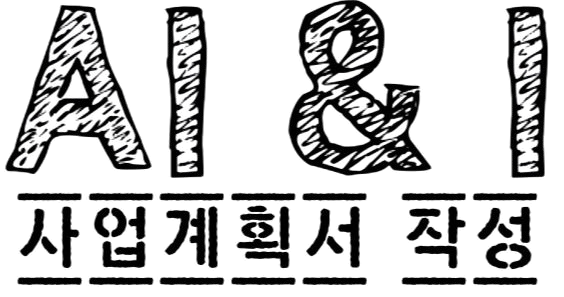Asset liquidation companies, also known as Non-Performing Loan (NPL) specialty companies, purchase distressed debts and land from financial institutions. They act as a ‘pawnshop’ for financial companies in need of immediate cash, acquiring assets that are non-performing loans (NPLs) with principal and interest payments overdue for more than three months.
Such asset liquidation companies typically thrive during economic downturns, and they are experiencing another boom period. Last year, the amount of distressed debt they purchased more than doubled as financial companies, facing increased delinquency rates, sought to manage their solvency by selling off NPLs. The competition among asset liquidation companies to acquire assets and their efforts to secure funding continue.
According to disclosures by various companies on the 18th, the cumulative bid amount for distressed debt by these companies at the end of last year reached a total of 4.809 trillion won (based on outstanding principal of 5.5145 trillion won), a 2.49-fold increase compared to the end of 2022 (1.9328 trillion won). This indicates a surge in the volume of sales due to the increasing number of financial institutions in need of quick cash.

Last year’s market shares based on public auction, were: UAMCO at 39.58%, Hana F&I at 23.74%, Woori F&I at 12.56%, Daishin F&I at 12.06%, and Kiwoom F&I at 7.45%. The bid amounts were also highest in this order, with KAMCO bidding 1.9033 trillion won, followed by Hana F&I, Woori F&I, Daishin F&I, and Kiwoom F&I. These companies, including Woori Financial F&I, Hana F&I, Daishin F&I, Kiwoom F&I, and KAMCO, were also selected as distressed debt purchasing companies for savings banks last year, indicating increased NPL auctions participation and heightened market competition.

Hana F&I experienced the largest growth last year, purchasing 1.1418 trillion won in distressed debts, a 4.10-fold increase from the previous year. It was followed by Kiwoom F&I, Daishin F&I, KAMCO, and Woori F&I. The increase in bid amounts is evidence of growing financial distress.
The volume of distressed debts is expected to increase further as financial authorities have strengthened the classification criteria for distressed real estate project financing (PF) bonds. The industry consensus is that the market can no longer bear the strain of surviving on extended maturities. In fact, some construction companies financed by these financial institutions have reported liquidity debt ratios exceeding 90%, indicating a potential domino effect of bankruptcies if cash flow halts.
Anticipating this situation, asset liquidation companies are focusing on securing ammunition.
Daishin F&I issued 144 billion won worth of corporate bonds this month, interpreted as a move to secure funds for purchasing distressed debts. In February, Hana F&I raised 297 billion won through corporate bonds, and KAMCO issued 400 billion won worth of bonds last October. Woori Financial F&I issued 150 billion won worth of corporate bonds last September.
An industry insider from the investment banking sector stated, “Until 2022, the volume of NPL sales continued to decline, but last year it surged dramatically. With the recession leading to an influx of distressed debts, the F&I industry is enjoying a boom. As the number of asset liquidation companies increases, competition continues to intensify. However, reckless investment could lead to a steep decline in profits.
<Source: 디지털타임즈: `전당포` 유동화전문회사의 씁쓸한 호황>


